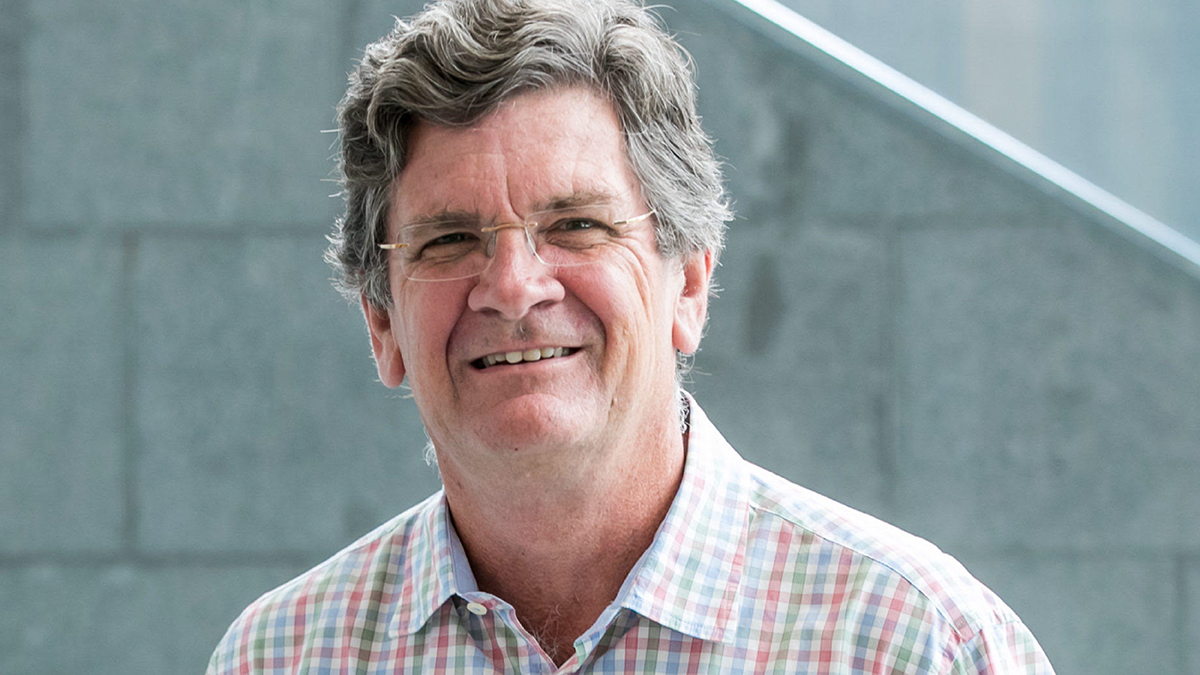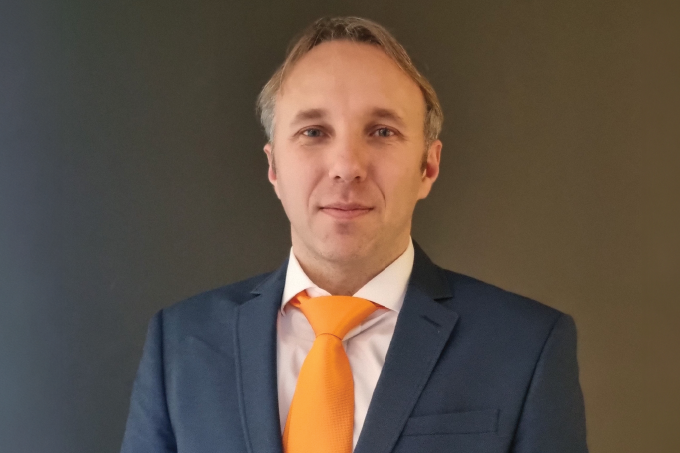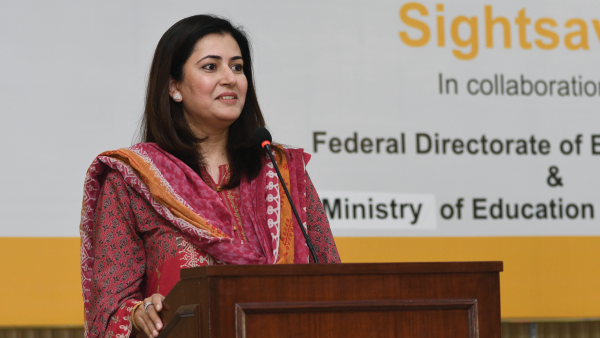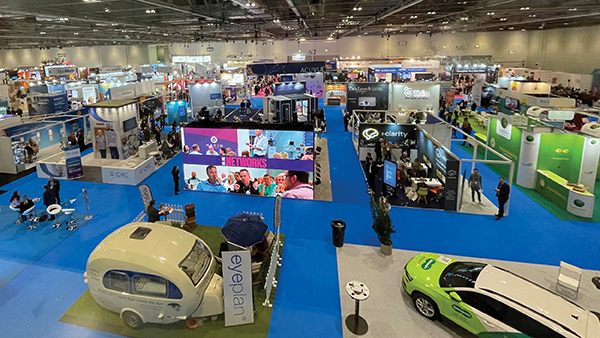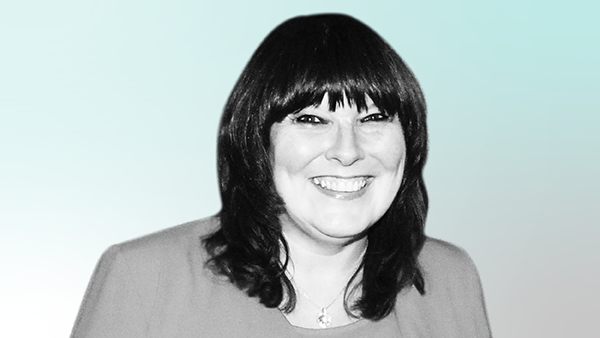Are You “Competent?”
Peter Hendicott discusses the WCO Competency Framework for Optometry
In March 2024, the World Council of Optometry (WCO) launched their WCO Competency Framework for Optometry, with the aim of “harmonizing the optometry profession and enhancing optometric education.” We spoke with WCO’s Immediate Past President and previous Head of the School of Optometry and Vision Science at Queensland University of Technology, Peter Hendicott, to learn more about the framework.
Can you provide a little background to the Competency Framework?
We started this project quite a few years ago, but it expanded rapidly once the World Health Organization (WHO) released the World Report on Vision in 2019. We thought it was time to clearly define optometrists as people who have a particular set of skills and competencies – and thus better educate people outside of optometry about what optometrists can do. We also wanted to highlight the elements of a curriculum that would best develop those competencies. We believed this was an important step – to prepare optometry for a growing role in health systems and equip optometrists with the skills to play a broader set of roles in those health systems, given the expected demands on eye care.
What components of WCO’s previous competency model have been updated?
We’re now proposing a competency model that doesn’t have any levels. Rather, it describes the minimum set of competencies we should expect in graduates from optometry education. Also the previous document listed competencies based around the components and structure of a typical eye exam, which made sense to people on the “inside,” but made less sense to the people who are outside optometry – policymakers and politicians, and so on.
What goals does the WCO hope to achieve with this framework?
The main goal is to have a document that says who we are, what we can do, and what we can bring to the table around healthcare. The document is aimed at helping the profession to grow its educational background and profile. But it’s also a document that may help us to say, “Our existing optometrists in country X don’t have some of these skills, reflecting the way they were trained initially.” This approach can help identify gaps in an optometrist’s educational profile, highlighting how that profile should be developed and where further education would be needed for existing optometrists to grow their skills.
Can you expand on the framework’s global outlook?
We had many optometrists from across the world – Africa, Asia, Latin America, Australia, Hong Kong, the US, the UK, and more – who were involved in developing this framework and involved in the various iterations of the document as it went through the review process.
Our goal is to make sure that optometry can align the future demands in eye care – for example, the global increase in patients with age-related eye diseases, such as glaucoma, diabetic retinopathy, and dry eye disease. Importantly, we want to expand optometry in areas of the world where it is less well established and embedded in healthcare systems. There is going to be a much bigger demand for well-trained practitioners in many parts of the world.
Who is the framework aimed at?
It’s aimed at setting a minimum set of competencies for optometrists entering the profession. Where there are already practicing optometrists who cannot use diagnostic pharmaceuticals or cannot dilate pupils, for example, the framework shows the educational component that can be filtered out to highlight what types of programs should be developed, to develop the skills they are currently missing.
So, the competency framework can be used for both setting an educational level for people about to enter the profession, and as a development tool for existing optometrists who need to expand their skill set.
You have said that “Optometry needs to be prepared to participate in multiple roles within health systems…”
As optometrists, we need to have a scope that allows us to practice more broadly. If our role is confined to only prescribing spectacles for people who are short-sighted or who need reading glasses, our impact will be limited, albeit necessary. And that goes for everybody else in the chain of people who provide eye care – they need to be using their full skill set at the most effective level. Also, we need to work together. Another aim of this document is to get us in a position where we’re able to work more closely with other eye and health care practitioners to deliver better care for people.
The New Optometrist Newsletter
Permission Statement
By opting-in, you agree to receive email communications from The New Optometrist. You will stay up-to-date with optometry content, news, events and sponsors information.
You can view our privacy policy here
Most Popular
Sign up to The New Optometrist Updates
Permission Statement
By opting-in, you agree to receive email communications from The New Optometrist. You will stay up-to-date with optometry content, news, events and sponsors information.
You can view our privacy policy here
Sign up to The New Optometrist Updates
Permission Statement
By opting-in, you agree to receive email communications from The New Optometrist. You will stay up-to-date with optometry content, news, events and sponsors information.
You can view our privacy policy here
